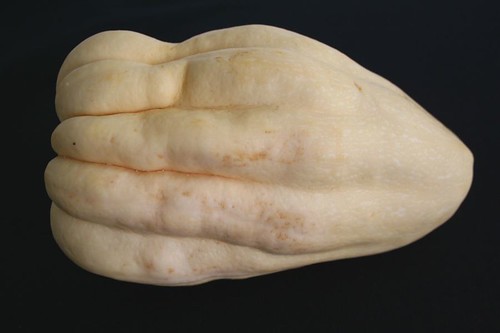
The peach stands were still around the last couple of weeks, and the aroma that wafts out of them was on the decline, but I couldn't resist buying a few good peaches before they stop showing up completely. Wise decision that, because these peaches were really tasty. While the temptation to eat them simply sliced was very strong, so was the pull to try them in a dessert. I especially wanted to try the cobbler that I had made earlier with cherries, to see whether it would work for peaches as well.

Peach Cobbler: Before Baking, Yellow and White Peaches arranged alternately
Having used the recipe before, I made two substitutions, one healthy, and the other decadent. Instead of using all flour, I used quick cooking oats in the mix, and for a classic pairing with peaches, I used Amaretto instead of vanilla extract. The Amaretto vanished considerably upon baking, but the underlying flavor is wonderful, so use it if you have it. I also reduced the amount of sugar further down because the peaches were very sweet.
It all worked just fabulously, and the result was one delicious dessert. Served with ice-cream it is nothing short of bliss. It is going to be on my must-do list every summer from now on!

Peach Cobbler: After Baking
Peach and Amaretto Cobbler
Serves about 8-10 for dessert
Ingredients
3 firm ripe peaches (or enough to yield 2 cups when sliced)
1/2 cup butter
3 Tablespoons white sugar
1 Tablespoon all-purpose flour
3/4 cup all-purpose flour
1/4 cup quick cooking oats (or all-purpose flour)
3/4 cup - 1 cup white sugar (depending on how sweet the fruit is)
1 teaspoon baking powder
1 cup milk
1 Tablespoon Amaretto
Method
Bring water to a boil in a saucepan. Blanch the peaches for 1 minute and remove with a slotted spoon. Peel the peaches when cool enough to handle, and slice evenly.
Preheat the oven to 350 degrees F (175 degrees C). Place the butter in a 9x13 inch baking dish, and place in the oven to melt while the oven is preheating. Remove as soon as butter has melted, about 5 minutes.
In a medium bowl, toss the sliced peaches with the 3 Tablespoons of sugar and 1 tablespoon of flour.
In a medium bowl, stir together the rest of the flour, oats, sugar, and baking powder. Add the milk and Amaretto and whisk until well blended, then pour the batter into the pan over the butter. Do not stir.
Distribute the sliced peaches evenly over the batter.
Bake for about 45 minutes in the preheated oven, until golden brown. A toothpick inserted into the cobber should come out clean.
Buttery notes
This dessert is utterly butterly delicious, but I think it could do with a little less butter. My guess is that 6 Tablespoons would be good if the amount of sugar is being reduced as well, otherwise, keep it at 7 Tablespoons.







































